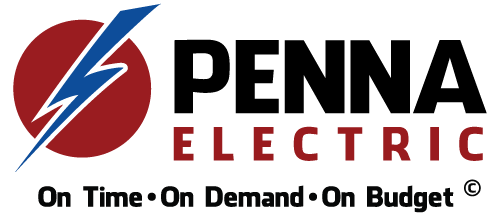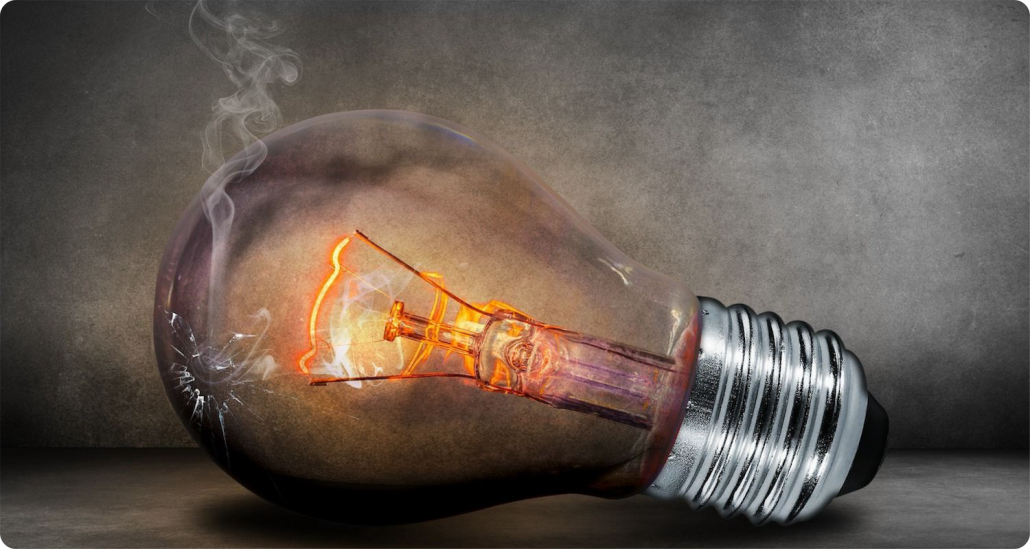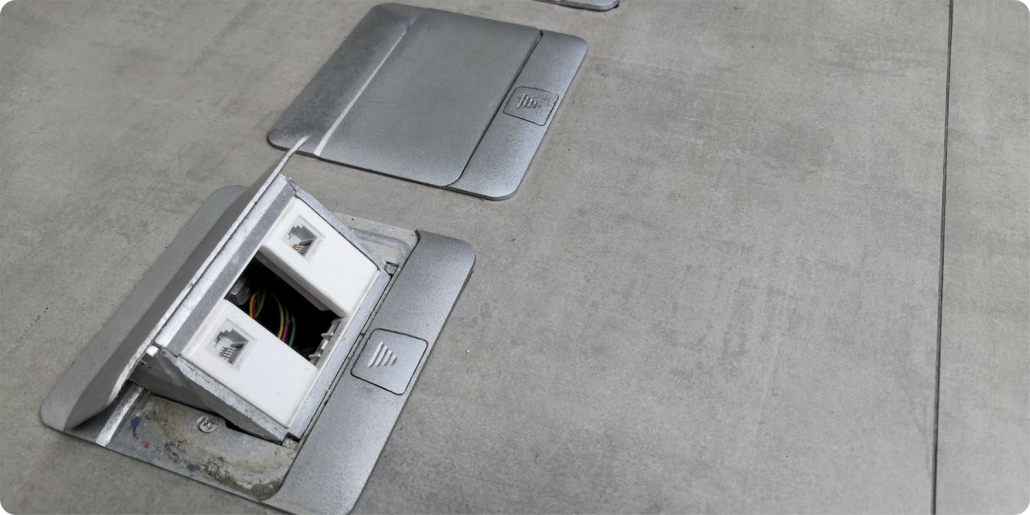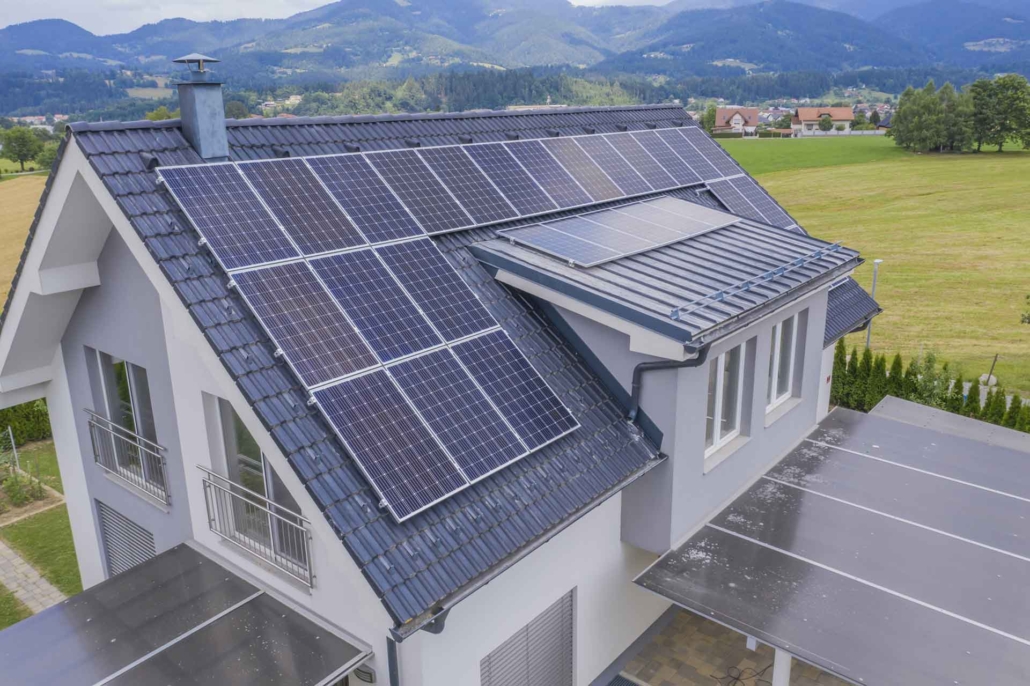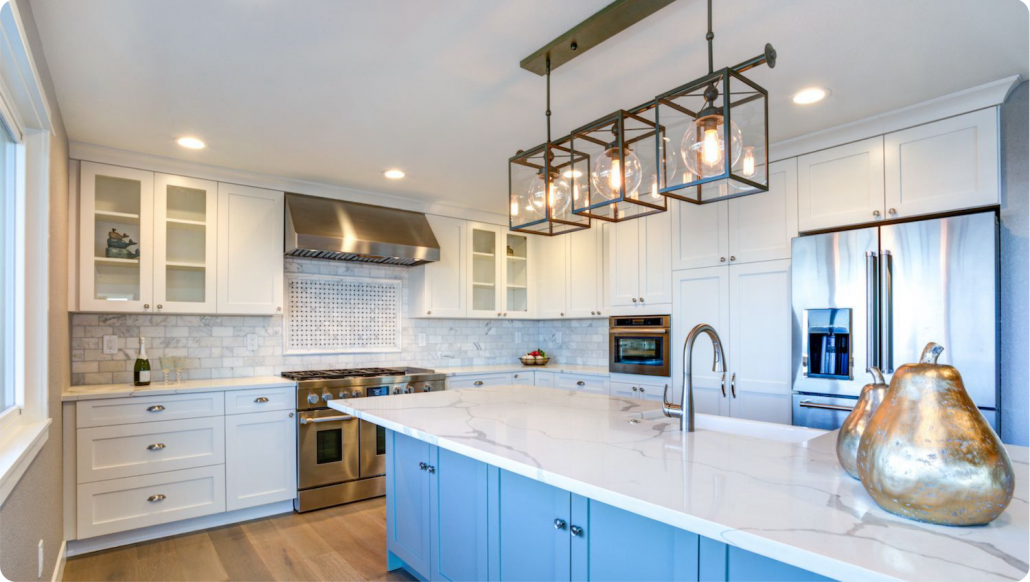Landscape lighting isn’t as complicated as you’d imagine it to be. It really doesn’t take all that long to install and uses very few materials. In order to have a perfect vision of when you want your lighting to shine and how you’d like your landscaping to look, try taking an outdoor stroll at night, picturing it all in your head. As an extra added bonus, make a point of employing the following outlined tips.
Landscape Lighting Basics
First, you need to understand that lighting at night and during the day is very different. Nonetheless, light in general has two major characteristics, intensity and color. Every light bulb has its specific color found on the package it comes in, and this particular aspect is dictated by the range of Kelvins that are available. Opting for an 1800 K bulb gives you a red color type of tone, and a 7500 K bulb is a good way to offer a bluish white appeal.
Generally, lighting (outdoor and indoor) has being categorized into 3 layers on the basis of optimum functionality.
Overall: this type of illumination is ideal for an entire room or open space.
Accent: whose main intention is to make any object or area in its path stand out perfectly in a unique way. More often than not, this is possible with the use of floodlights and spotlights.
Task: as the name clearly suggests, task lighting is done for a particular purpose, for example, path lighting.
Depending on the type of layer you are going for, there are a variety of bulbs that are best suited for landscape lighting. Incandescent bulbs are popular due to the pleasing and exceedingly calming light that they give off. They do have a shortened life span and consume more electricity compared to some other options. With that in mind, you can opt for halogen bulbs, which are better versions of incandescents. Better here means they are more efficient in terms of both energy consumption and lifespan.
Alternatively, fluorescents make up another landscape lighting variety, with their exceedingly pleasing range of colors, along with a heightened life span, and an energy consumption rate that is significant. The LED option is also great; with it you get to benefit from its exceptional long life, and even lower energy consumption costs. The only drawback is that LEDs are expensive, but they are totally worth it. No matter the choice you go for, these outdoor lights should be situated in close proximity to a building where integration into your house wiring system is easy. If you are more of a solar enthusiast, solar outdoor lighting is also available.
Issues with landscape lighting
The major issues that face your outdoor lighting plan is ideal positioning and an ample amount of shielding to avoid glare. This glare issue comes from big and bright light sources that directly shine in the eyes. Direct and indirect light are also issues that normally arise. While direct lighting focuses on the target object, indirect lighting aims at giving the environment a clear and subtly soft wash. Ideally, know what type of lighting you want to use where.
Ideal outdoor lighting placement
Landscape lighting can be done virtually anywhere, but the following places should never be missed: driveways, entries, paths, decks and/or patios, architectural features, gazebos/trellises/pergolas, and steps. In any of these cases, perfect lighting guarantees a calm and welcoming environment, impeccable background highlight, and key attention to detail. Lighting in these areas also makes them abundantly safer at night.
If you are in need of electrical repairs or installation, call Penna Electric. Our knowledgeable, experienced staff will get your electrical work done right the first time every time.
